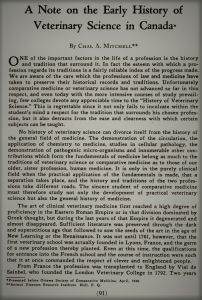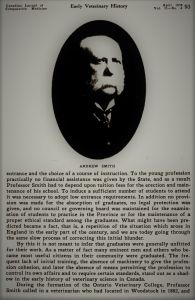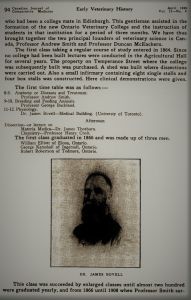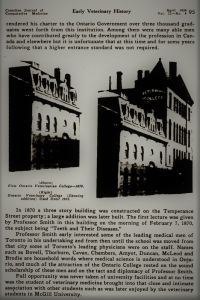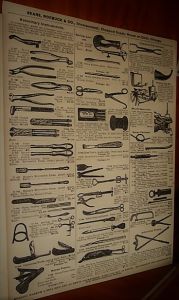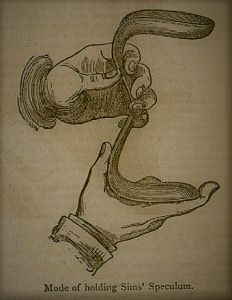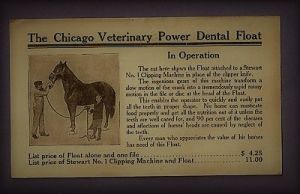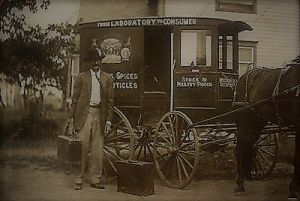Historical Overview of Equine Dentistry
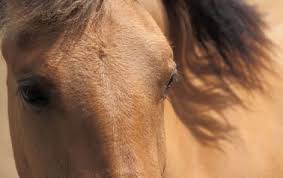

There’s so much information available right now that correlates the ‘domestication of horses directly to dental care and it’s role in Ancient Horse Husbandry.’ Especially with the latest discoveries coming out of the Mongolian Dig Site. When I threw my hat in the ring to enter the EqD Certification Program being offered, we could hardly find but a few documents about horse dentistry’s ancient humble beginnings. The beauty of the internet is accessing specific research projects from anywhere in the world and the availability to contact experts directly.
So here’s how some of the data shakes out … through the centuries, a researcher’s theory would be published with their “conclusion” and determines who, where, when, and for what purpose. And they always identify the differences in what was previously documented. Now, by the time a new timeline has been confirmed, modified, and published; new evidence has already been retrieved, carbon-dated, and announced to the world.
One researcher noted, through humorous frustration of the public’s pressure on them to definitively determine when ancient man domesticated the first horse. If they need an answer today … I would say, “as long as man has adorned this earth with his presence they have likely sought an easier alternative to accomplish a task, therefore ancient man identified a manner in which to survive prevailing unknown circumstances on an indeterminate date.” It’s good to hear a little dry humor come out of the world of science every now and then.
What he was saying, regardless of how relentless investigative efforts have been over decades of searching, experts still know very little about the original domesticated horse and the evolution of horse husbandry.
History of Equine Dentistry’s documentation found in your collection of facts follows the evidence of Mediterranean archaeologists searching for domestication as it related to the horse-human relationship. Some of the data collected included what they believed was the first evidence of horse/human remnants buried together, confirmed through carbon dating. Was this confirmation of domestication? If it was, they would need to link social and economic developments to the domestication of the horse.
Science looked specifically at; transference of advanced regional communications; increased distances of travel; expansion of regional trade; regional engineering influences on expanding transport of increasingly larger-heavier items; also confirmed the presence of defensive mounted-riders’ counter-attacks.
Therefore, they were able to definitively conclude the increased social movements through the region, influenced economic enhancements from increased regional travel. Additional physical evidence directly linked each region’s activity to a measured number of horses and the advanced equine health care provided (which included various dental practices across the region, suggesting the presence of dental evolution through experimentation). Previous to the first dig site it was believed horses were hunted, long before they were herded and even longer before mounted. Warring clans were presumed to have scrimmaged in hand-to-hand combat until the affirmation of carbon dating technology placed mounted combat within the same time frame as these hand-to-hand scrimmages.
Data supports the presence of ancient dental horse evidence and been identified in hundreds of research studies. As a matter of fact, as a result of the recent recovery of specific evidence, of the Ancient Practice of Equine Dentistry … dentistry has now included to researcher’s focus in the Mediterranean Region’s, largest invested and lengthiest efforts to determine, ‘Domestication of the Horse as it Relates to Historical Economic Growth and Development and the Imposed Impact, Worldwide’.
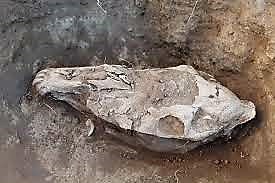

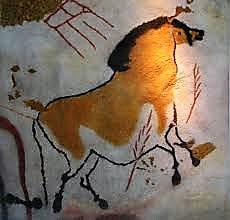
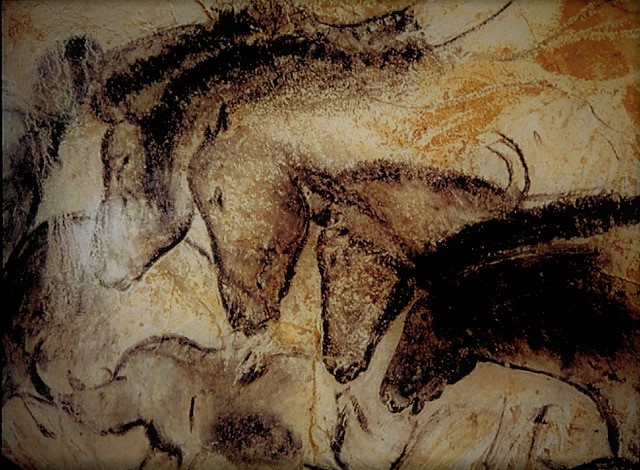

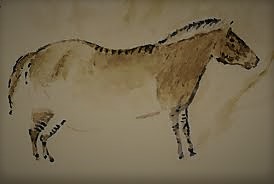

The general conclusion determined the horse as the influencing component of ancient cultural vitality and longevity. Some believed horses would, therefore, have been provided ‘regular care and maintenance while in domesticated confinement’, falsely correlating modern-day practice of horse husbandry to ancient herd management practices, the facts, however, clarified that some horses in select times in history, suffered at the demands of heartless dictators who sought power has been well documented. A prosperous economy wasn’t enough. Men of great strength and agility traveled extended distances and were paid well when chosen to train for war. Mounted warriors displayed an insatiable thrust for strong but expendable horse flesh that was ridden hard into territorial battles. Casualties were high during the heat of battle, horses were abandoned to expire where they fell as the fighting continued. Little care was provided while horses were driven to extremes. Regiment leaders eventually employed handlers to treat injuries of battle but the number of replacements would still determine the fate of many Nations.
In stark contrast: other groups of tactically skilled fighters were also mounted. These unique bands of talented horsemen were paid to protect a leader in a different land. Writings describe how they trained as a unit on horseback and afoot. Each cared for their own mounts, trimmed both feet and teeth, and treated injuries with culturally acquired skills. Horses were valued. These horsemen were committed to their Country and found to be difficult to overtake. Researchers attributed their continued accomplishments over their adversary to riding healthy, well cared for mounts.
Historians routinely discovered various armies with extremely large numbers of healthy horses. Heavy artillery and battle supplies were able to move to strategic locations before their enemy, held the line while mobile cavalry troops overwhelmed their opponent with little return fire, and provided backup for ground troops, advancing their line. This description sounds like the Civil War in the United States, right? I know, that’s what I thought when I first found the information, but it was actual events documented during the Medieval Age.
I intentionally avoided the number of references you’ve seen in many publications and searched for documenting material that supported the horse’s dental influence on regional cultural economics in the following historical events:

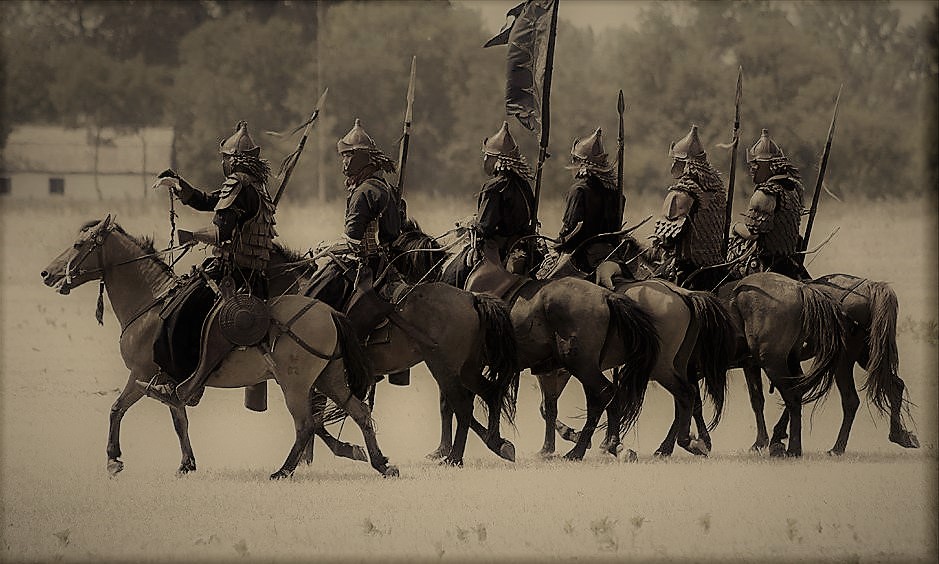

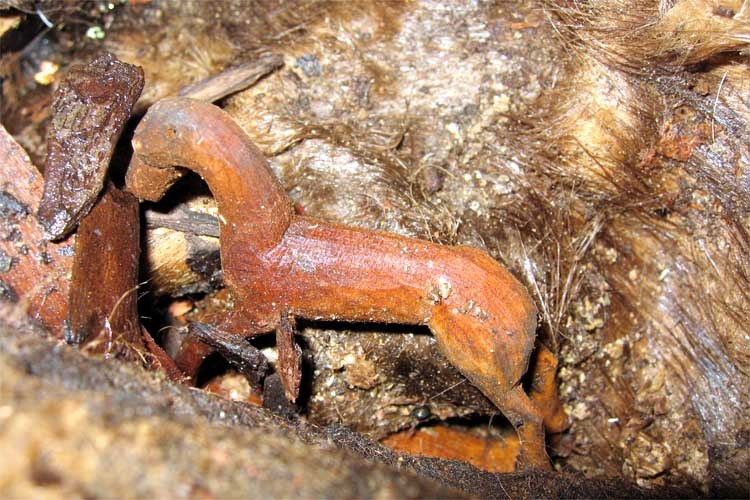
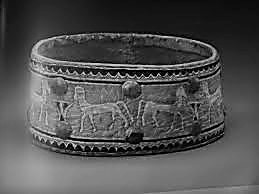

4800– 4400BC
The oldest archaeological indicator of the horse/human relationship discovered in carved images of horses, inside gravesites in the Russian Region. A grave cluster of 26 excavated graves found horse carvings and horse parts with each human remains. Additionally, two sacrificed full-bodied horses were buried directly over the 26. A short distance away, the same display of care and respect of two sacrificed horses were buried directly above the remains of 11 warriors. Each excavated grave, contained antlered carvings of horses, a skull, and hooves of a horse buried with each of the 11 presumed warriors, killed in a different battle, at a different time. But both hooves and teeth were notably shaped at both gravesites.
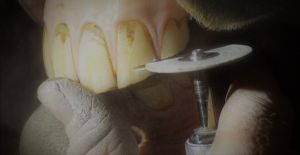
4200—4000BC
Significant documentation showed battle activity intensely increased between “European” countries credited to the collapse of Old Europe. Migration of large bands of people has been documented taking flight when mounted raids increased frequency and intensity through hundreds of small settlements and villages.
The equine dentistry evidence pulled from the Mongolian Steppe in 1150BC was believed to be the earliest discovered by the scientific community, until a recent archeological dig confirmed evidence of domestication for the use of riding along with numerous examples of the dental pathologies were associated with bitting. While this was a unique and affirmative find, it strongly challenged the stone tool theory used exclusively during the Stone Age. Published in the Proceedings of the National Academy of Sciences, “according to new archaeological evidence, ancient man was experimenting with equine dentistry more than 3,000 years ago.”
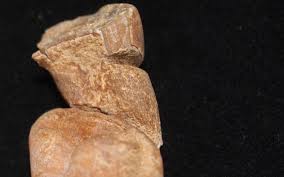
The photograph to the right is one of the pieces of evidence from the Mongolian dig site. It shows a straight cut, of significant length.
That’s a significant straight cut with stone tools. The tooth is a hard material of interweaving folds of three different densities of material; enamel, cementum, and dentin, the outer layer is that of cementum. It would be difficult to carve a straight cut into cementum with archaic stone tools as this photograph illustrates.
A number of scientific simulated tests using stone tools failed to produce a precise cut, like the one shown in the picture. It could be possible there was access to harder organic substances before previously believed. Significant only if eventually proven that the herders of Mongolia more than 3000 years ago, were more advanced than previously believed.
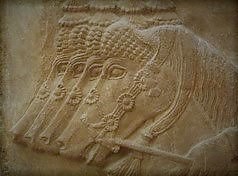
3500—3000BC
Systematic archeology digs at the Eurasian Steppes in the Botai Culture in the Province of Kazakhstan discovered burial sites of human remains next to sacrificial horse’s skulls and hooves, seemingly placed carefully aside ornately decorated chariots. The skulls were adorned with antlered cheek pieces pierced through what was once flesh attached with rawhide. The artifacts and remains were carbon dated between 3500—3000BC.
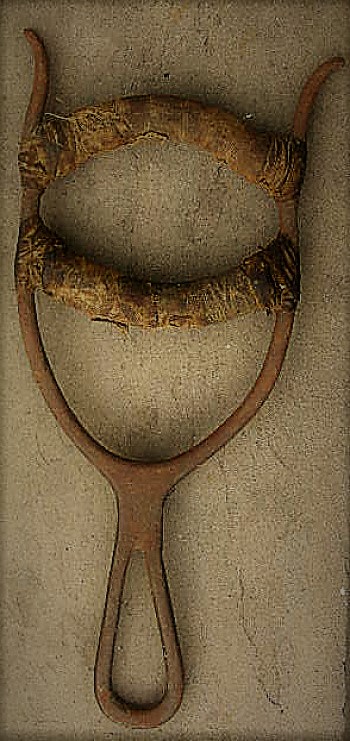
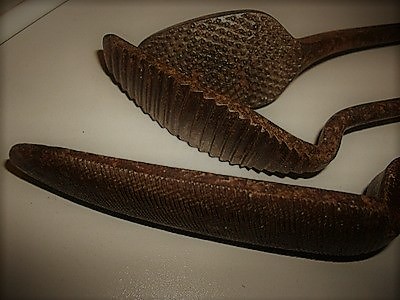
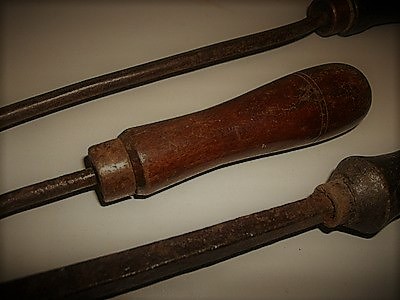
3000—1000BC
Aging horses through their dentition by skilled horsemen has, for the most part, become a lost art. Although, historically it was vitally important to those who relied on horses for virtually every aspect of daily life. Evidence of early herders experimented with a variety of “dental” tools and instruments, “they initially sawed-off unruly teeth and pulled those that got in the way of mouthpieces”.
2100—1700BC
Steppe Horses were found interred with manicured teeth, pierced studded cheek pieces, along with other unique artifacts. These piercings are said to be the predecessor to modern bits. Within a period of 500 years the use of chariots spread through Europe, Greece, Egypt, and Mesopotamia, and within the next 500 years, chariots found their way to China.
Dr. William Taylor of the Institute for the Science of Human History noted evidence of dental practices, of some kind, was found in each of the many research projects he participated in. When reviewing data of some of the earliest dig sites with dental evidence present, he suggested horse dental practices were significant to nomadic cultures, proclaiming such practices afforded them greater distances of travel when on healthier strings of packed horses and personal mounts.
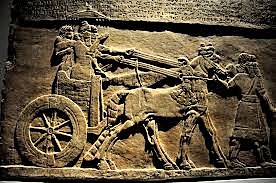
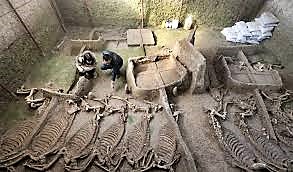
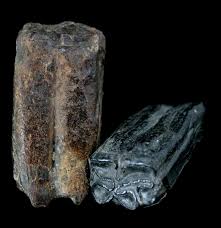
1150BC
Dental modifications and premolar extractions were found, archeologists note innovations of equine dental care by nomadic peoples.
1000BC
Documents found “mounted horses, assisting efforts in hunting” and “traveling to a greater distance” in Asian materials.
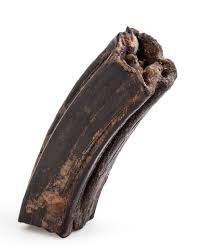
Around 600BC the practice of equine dentistry was documented in China; a complete record of instructions was discovered along with detailed descriptions of “specific use” instruments were transcribed from papyrus scrolls. Historians also found instructions for training “youthful” horses after the “last teeth are shed”. This is a quote, noting how they determined a young horse’s age, “the ass sheds its first teeth at thirty months old, the second, six months later and the third and fourth in the same way”.
 Between 400—350BC history reports a dark time of constant battles throughout Europe and all East Asian Countries, people were displaced from frequently battling and a significant reduction of “horse flesh” left only those of privilege able to acquire quality horses along with an animal caregiver called a “Master of the Horse” with a personal assistant.
Between 400—350BC history reports a dark time of constant battles throughout Europe and all East Asian Countries, people were displaced from frequently battling and a significant reduction of “horse flesh” left only those of privilege able to acquire quality horses along with an animal caregiver called a “Master of the Horse” with a personal assistant.
In 23BC Pliny compiled material from many authors and correctly described the eruption of horses’ teeth. All of Pliny’s writings referred to “teeth growing” instead of erupting.
In the 1200s, a textbook authored by Bekr reported the use of “mouth gags” to age horses and allow access to inspect the back teeth, they referenced, “extractions and the breaking off of molars”.
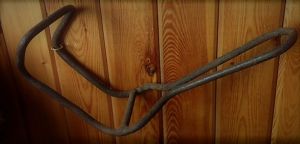
1300’s
Cairo University reported finding items resembling “floats for trimming unequal teeth, forceps for extractions of elongated molars”.
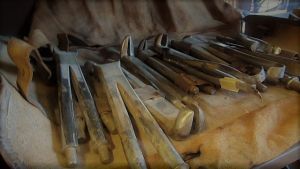
1500’s
In North America horses were said to be extinct by the end of the Ice Age. Cave drawings show how they would have looked. The Spaniards reintroduced horses to the Continent in 1519. The acquisition of the horse completely changed the Plains Indians’ way of life. They transitioned from plodding trail walkers to nomadic hunters and warriors with a great status. Before the horse arrived dogs would carry their modest shelters but with the horse, they were able to transport big beautiful decorated tipis. Horse stealing between tribes would increase power and influence. During the Indian Wars while settlers were encouraged to expand to the West by their Government. The only way the Calvary could control them was to take away their horses.
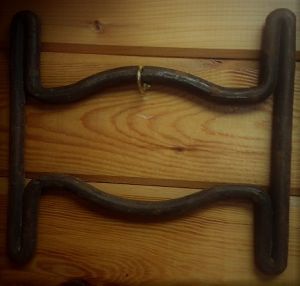
1600/1700/1800’s
Advancements in Horse Dentistry exploded during these years. Books were written, instruments were developed and most barns owned a full set of dental equipment. It all started in Europe, built momentum, and transferred its energy to North America.
Horses had a long list of uses by this time in history: they were the tractor, extremely large teams pulled thrashing machines, plows, binders, they delivered ice, milk, water in wagons, the family car, the kids’ school bus, delivery vehicles, and taxi.
If something needed to be moved, the horse was there to do the job. Eventually, goods arrived by rail then delivered to stores, farms, and ranches by horse and wagon.
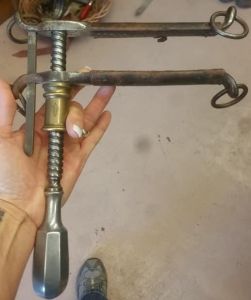
Horse Dental Specialists had as much work as they wanted. Veterinarians spent most of their time working with agricultural animals even though some would perform some dentistry. There are so many stories of dental horsemen pulling carts and wagons with their best stud and traveling to service a very small area.
When they arrived at a Ranch or farm the stud would service the mares in season, the specialist would balance the mouth of horses and trim and shoe – the working horses. They would get food, and a bed until his work was complete.

1700’s
F. Gunther and his son wrote and published hundreds of articles specifically addressing the agricultural industry’s concerns around the horse’s health as it related to the teeth. Eventually, they published one of the first comprehensive text with 164 pages strictly discussing the horse’s teeth. Another interesting publication defined ‘wolf’s teeth’ as “the sharp edges that could prick and wound the oral mucosa or tongue while eating.”
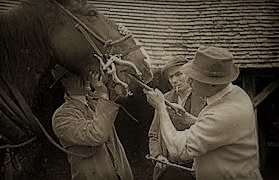
1800’s
This was a time of new innovations of dental instrumentation for specific purposes. Illustrations of the wide variety of new files, floats, forceps, gags, speculum, incisor and molar cutters, and so much more. The main difficulty facing early ancient instrument makers was the hardness and durability of materials available at the time.
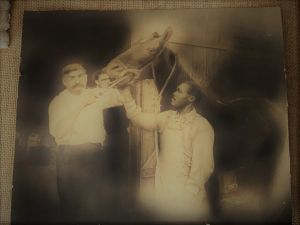
1900’s
In 1905, farmers, owners, trainers, and others could purchase a correspondence course from the Detroit Veterinary School on “The Maintenance of Horses Teeth” and a full set of dental instruments could be ordered from the Sears and Roebuck Catalogue.
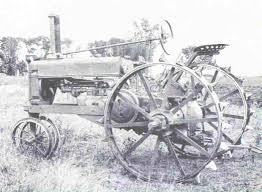 The use of horses were what won wars, they were used in the Revolutionary War, War of 1812, Civil War, when Texas claimed their independence from Mexico, at the Alamo and the Mexican War, The Spanish War, World War I and World War II. At the beginning of WWII horses were finally traded in for tank brigades.
The use of horses were what won wars, they were used in the Revolutionary War, War of 1812, Civil War, when Texas claimed their independence from Mexico, at the Alamo and the Mexican War, The Spanish War, World War I and World War II. At the beginning of WWII horses were finally traded in for tank brigades.
Shortly after, the tractor arrived, and even though farmers would hold onto their good teams of horses with anticipation of the tractor breaking down. New advancements of bigger and better tractors were just around the corner and when the tractor held up to their promises, farmers eventually sold even their best teams. The last straw, was the release of the Model-T made to be affordable to the working man. In the 1930s the Industrial Revolution was here to stay.
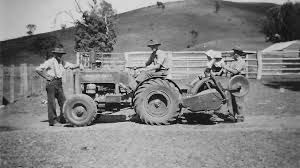
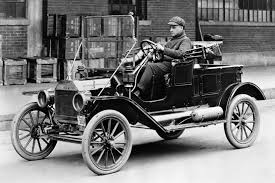
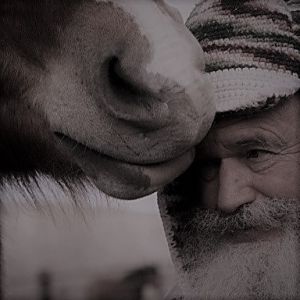 In the 1980’s a man by the name of Dale Jeffery, was a horse trainer, saddle maker, farrier, fabricator. Dale took notice of a horse dentist arrive in town, said he watched people stand in long lines to get their horse’s teeth examined. When he saw why and how Dale signed up immediately to apprentice and learn the craft from the inside out. Jeffery eventually set out on his own, made his own instruments. People started asking him for instruction, so Dale began teaching others the craft … that was it, traditional Full-Mouth-Balance was back.
In the 1980’s a man by the name of Dale Jeffery, was a horse trainer, saddle maker, farrier, fabricator. Dale took notice of a horse dentist arrive in town, said he watched people stand in long lines to get their horse’s teeth examined. When he saw why and how Dale signed up immediately to apprentice and learn the craft from the inside out. Jeffery eventually set out on his own, made his own instruments. People started asking him for instruction, so Dale began teaching others the craft … that was it, traditional Full-Mouth-Balance was back.
No one will ever know what caused Equine Dentistry’s re-emergence for sure but the general regular maintenance of the horse’s teeth has always been a part of Animal Husbandry,” says Dale Jeffery. “There are 122 million horses in North America today. Only 10% will ever receive adequate care – the rest will suffer greatly.
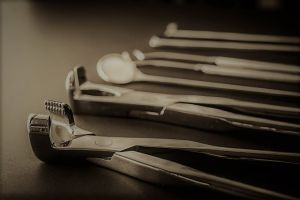
Dale continues, “I’ve always believed in freedom of choice, the free market has a way of cleaning away the chaff. Which is one of the biggest reasons the competition is trying to eliminate the experts who know how to deliver a comfortable mouth using the techniques of Full-Mouth-Balance.” But animal owners should still be allowed to choose who works on their horses, or any of their animals for that matter.
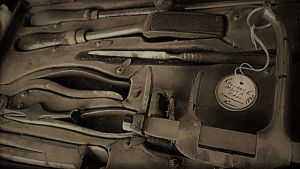 Owners are very wise, even if they lose this battle, it will only last for a term because there is a great demand for good practitioners performing true and honest balance in the horse’s mouth.”
Owners are very wise, even if they lose this battle, it will only last for a term because there is a great demand for good practitioners performing true and honest balance in the horse’s mouth.”


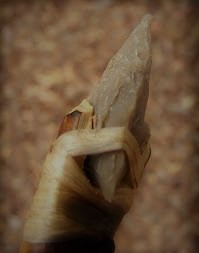
In the last 38 years, there have been innumerable contributions that form the fundamentals but belong as much to equine dental industry’s traditions. It would be impossible to list them all:
• Equine Dental Paradigm and better scientific theory;
• Improved methodology;
• Improved the quality of instrumentation (titanium, tungsten carbide, and diamond products);
• Improved evaluation techniques;
• Improved aging techniques;
• We understand the prognathic and brachygnathic concepts more completely;
• Better understanding of modern-day horse mental issues;
• Better horse handling techniques;
• We’ve discovered a better understanding of how the food moves through the mouth (the axial-flow of food);
• We know more about the motion of chewing and the mastication of food;
• Biomechanics of the mandible, engagement, and disengagement of the TMJ influences performance, riding, and masticating;
• We know of the five pairs of gnathaological determinates, they are the TMJ, the cheek teeth and the incisors, we have three axis of the biomechanical motion;
• We understand the anterior, posterior, moment of the mandible with up and down head positions, and how the mandible moves in the head, in the up and down positions;
• We know more about dental cysts and it’s influence on airflow;
• We have recently completed preliminary research of the biomechanics of the Hyoid Apparatus, the significant influence it has on balance, the jaw and tongue position;
• We’ve learned several Lateral excursion factors, bit seats and their influence on feeding and performance;
• We better understand the difference of wear on teeth in range horses and confined horses;
• We understand the incisor table and the lack of attrition and abrasion on domestic horses teeth better than ever;
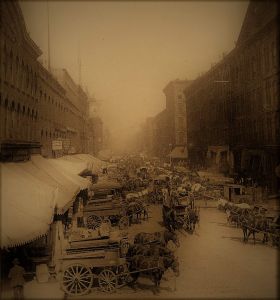

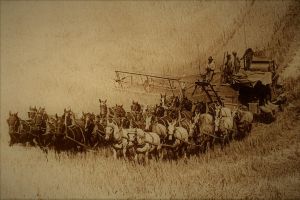
After determining the need for Veterinary Science in Canada to redefine itself, apart from Human Medicine, Chas. A. Mitchell wrote these words and presented them before the Ottawa Society of Comparative Medicine in April,1930, “It is only in the purely clinical field when the practical application of the fundamentals is made, that a separation takes place, and the history and traditions of the two professions take different roads”. Recorded from the Early History of….Canada, 1930-1933.
Here to, there is a need for Equine Dentistry in Canada to redefine itself, apart from Veterinary Science. It too can be said: “the time had come for one industry to separate into two different professions and move forward independently…as it was in 1930, Canadian Equine Dentistry’s practical application of the traditional theory is amalgamated to the fundamentals of geometric and bio-mechanical principles is made, that a separation takes place for the viability of the trade for benefit of all Equidae living within the two coastal boundaries of the True North, it is time for, the history and traditions of two professions take different roads.” Excerpt from a letter written to the Ag Minister of BC, Cdn Assoc Equine Dental Practitioners, Inc. 2018
Thank you for allowing me to present the Historical Overview of Equine Dentistry.
Every industry should know their true history so:
- so we can appreciate the advancements of modern technology;
- realize the sacrifices by those who have come before us;
- so similar mistakes are not repeated.
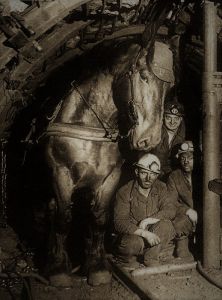
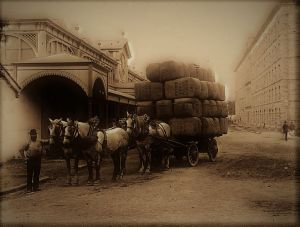

New York Times, Washington Post, Los Angeles Times, Times of London, Lonely Planet Guides, Library of Congress, U.S. government, Compton’s Encyclopedia, The Guardian, National Geographic, Smithsonian magazine, The New Yorker, Time, Newsweek, Reuters, AP, AFP, Wall Street Journal, Natural History Magazine, The Atlantic Monthly, The Economist, Foreign Policy, Wikipedia, BBC, CNN, Equine Gnathological Training Institute, pnas.org, researchgate.net, horseandhound.co.uk, ncbi.nlm.nih.gov, the National Geographic Society, the National Science Foundation, the Fulbright Program, the National Collegiate Athletic Association (NCAA), Harvard University in Cambridge (Mass.), Hartwick College in Oneonta, N.Y., Max Planck Institute (MPI), MPI for the Science of Human History, Jena, Harvard Research Center Archaeoscience of the Ancient Mediterranean, Max Planck Institute for the Science of Human History, Department of Archaeogenetics, various independent research groups, equine dental history books, websites and other publications.
1. Dr William Taylor of the Institute for the Science of Human History, Taylor’s expertise comes from years exploring ancient horse/human–environmental impact on the ancient ecological footprint, by assessing domesticated herds of riding horses of the day. William also documented the impact on equine by studying Osteology health determinates of ancient riding and chariot use by scanning 3D digital images at archaeological sites and many more.
2. Dale Jeffrey’s experience comes from Equine Dentist, Equine Gnathological Practitioner, Educator, Author, Teacher, Horseman, Farrier and Horse Trainer
• 2015, Lifetime Equine Dentistry’s Lifetime Achievement Award from the International Association of Equine Dentistry;
• Founder: International Association of Equine Dental Technology;
• Founder: World Wide Equine, Equine Dental Instruments;
• Founder: The Academy of Equine Dentistry;
• Founder: The Horse Dentistry and Bitting Journal;
• Founder: Equine Gnathological Training Institute, Inc.;
• Authored: Six books on Equine Dentistry, latest book: Oral Health in Equidae;
• Honorary Veterinary Degree In Equine Dentistry
3. Chas. A. Mitchell, A Note on Early History of Veterinary Science in Canada, Presented before Ottawa Society of Comparative Medicine, April 1930
